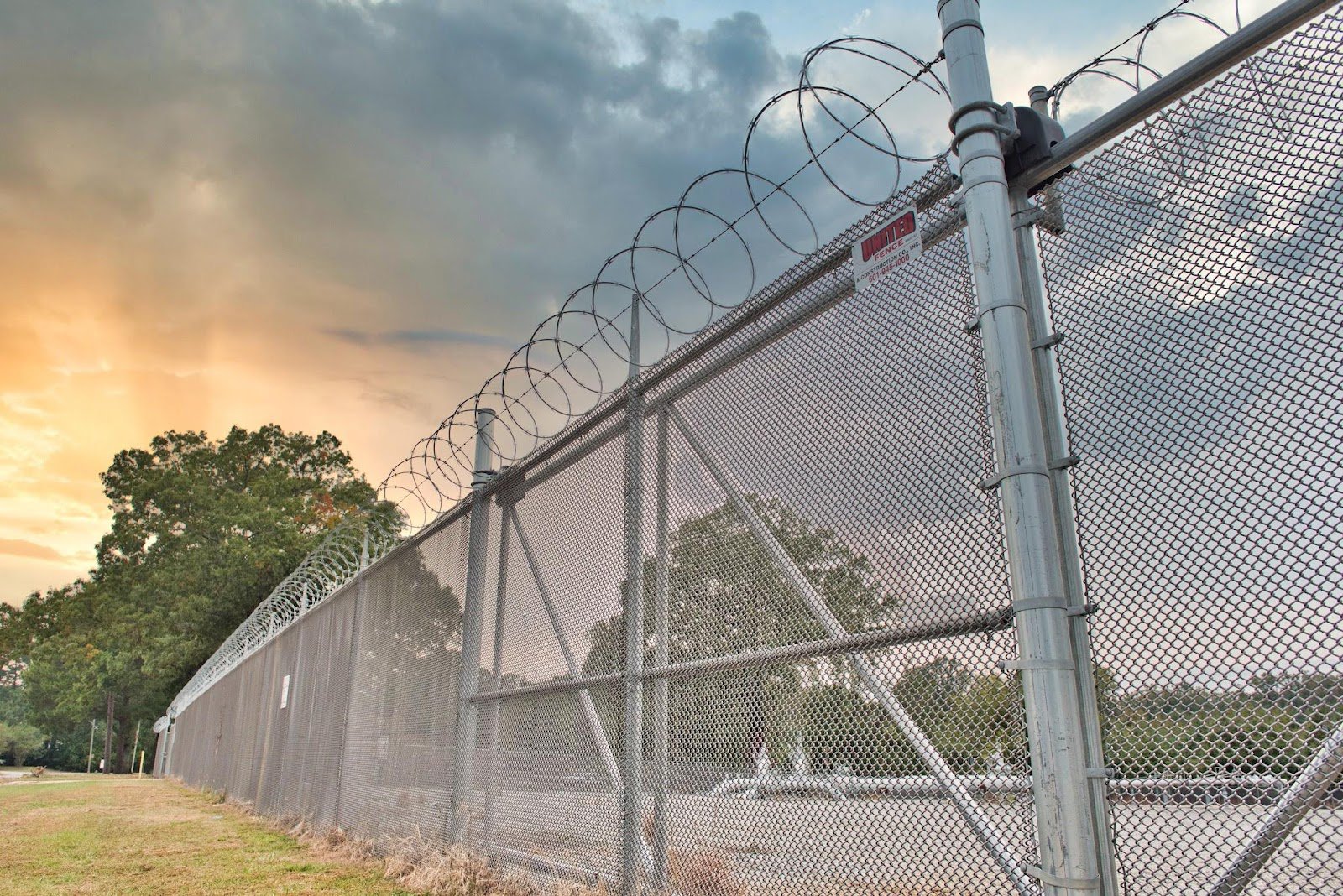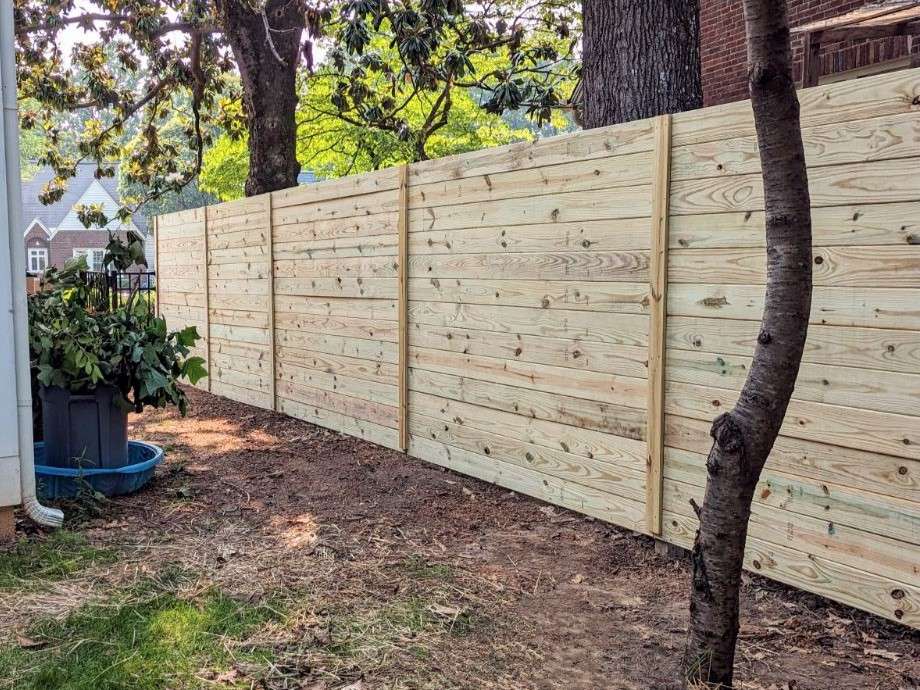All Categories
Featured

Fencings are a fundamental part of your property, using privacy, protection, and visual value. However, they are continuously revealed to the components and can suffer from weather-related damages in time. Whether it's solid winds, rainfall, snow, or extreme warm, weather condition conditions can gradually compromise your fencing, resulting in expensive repair services or substitute. The good news is, there are a number of steps you can require to secure your fencing from weather-related damage and expand its life-span. Here's exactly how you can guard your fencing against the elements.
- Pick the Right Product. The kind of material your fencing is made from plays a considerable function in exactly how well it will stand up to weather. Some products are normally much more resistant to damage than others. For instance:
Wood Fencings: While beautiful and traditional, timber can be at risk to moisture, rot, and insects. Pressure-treated timber or cedar can use much better resistance to these issues. Vinyl Fencings: Plastic is extremely immune to wetness, rot, and pests. It likewise stands well to rough sun and heavy rain. Metal Fencings: Wrought iron or aluminum fencings are resilient and can withstand a variety of weather. They can, nevertheless, experience from corrosion over time, particularly if not correctly coated. Composite Fences: Made from a blend of wood fibers and plastic, composite fences are a lot more immune to weather-related damage compared to typical wood fencings. Choosing the right product for your area's environment is the initial step in shielding your fencing from climate damage.
- Seal or Spot Wooden Fences. Wooden fencings are specifically susceptible to harm from moisture, UV rays, and temperature variations. One of the most efficient means to shield your timber fencing is by applying a safety sealant or tarnish. These items assist:
Prevent Water Damages: Sealers develop a water-resistant barrier, avoiding dampness from seeping right into the timber and causing mildew, rot, or mold. Secure Against UV Damages: A great tarnish or sealer will likewise block dangerous UV rays from the sunlight, which can create wood to dry, crack, and stain over time. Maintain the Fencing's Appearance: Routine discoloration aids maintain the all-natural appeal of the wood and expands its life expectancy. It's suggested to reapply the tarnish or sealant every 1-- 2 years to keep your fencing in excellent problem.
- Install a Barrier for Wind Defense. Strong winds can cause substantial damages to your fencing, specifically if it is weak or high. Wind can flex or break wooden panels, loosen up fence blog posts, or even cause the entire fence to collapse. Mounting a windbreak-- such as planting bushes, hedges, or mounting a mesh obstacle-- can aid secure your fence from high winds.
In addition, you can enhance the posts with concrete or metal dental braces to give added stability and protect against leaning or changing.
- Trim Overhanging Branches. Falling branches can damage panels or harm the fencing messages, leading to pricey repairs. Keeping the branches reduced back lowers the threat of branches damaging off and triggering damages to the fencing.
- Regular Examinations and Upkeep. Doing normal upkeep and evaluations is essential to capturing prospective problems prior to they escalate. After a heavy tornado, inspect your fencing for any signs of damages, such as loose panels, leaning posts, or damaged areas. Dealing with tiny problems before they end up being bigger ones can aid prolong the life of your fence.
Additionally, cleansing your fencing occasionally to eliminate mold and mildew, debris, or dust can assist maintain its appearance and integrity. For wooden fencings, delicately stress wash the surface to eliminate built-up crud, and for plastic fencings, make use of a moderate cleaning agent to cleanse any kind of stains.

- Ensure Correct Drainage. Water damage is one of the most typical weather-related problems that influence fences. Poor water drainage can lead to standing water around your fencing articles, which can trigger the messages to rot or compromise over time.
- Apply a Safety Coating to Metal Fencings. Steel fences, such as those made of iron or steel, are highly sturdy yet can be vulnerable to corrosion otherwise appropriately preserved. Applying a safety coating or paint that is particularly made for metal can help avoid corrosion and rust. Be certain to examine the fencing periodically for any kind of indicators of corrosion, and address it immediately by fining sand and painting the influenced locations.

Final thought. Your fencing is an important financial investment, and protecting it from weather-related damages will certainly help ensure that it proceeds to serve its objective for many years ahead. By selecting the best products, routinely preserving your fence, and taking steps to shield it from the components, you can decrease weather-related damage and expand its lifespan. Whether you're dealing with solid winds, heavy rain, or the extreme sun, these simple steps can go a lengthy method in preserving the condition and look of your fence, saving you time and money in the future.
Latest Posts
Style and Performance Combined
Published Apr 20, 25
1 min read
Choosing the Right Bank Account for Your Needs
Published Apr 20, 25
1 min read
Minimal Effort, Maximum Sparkle: The Bath Fitter Advantage
Published Apr 19, 25
1 min read